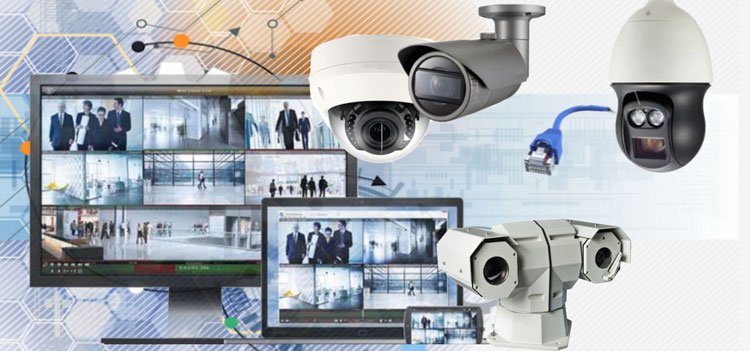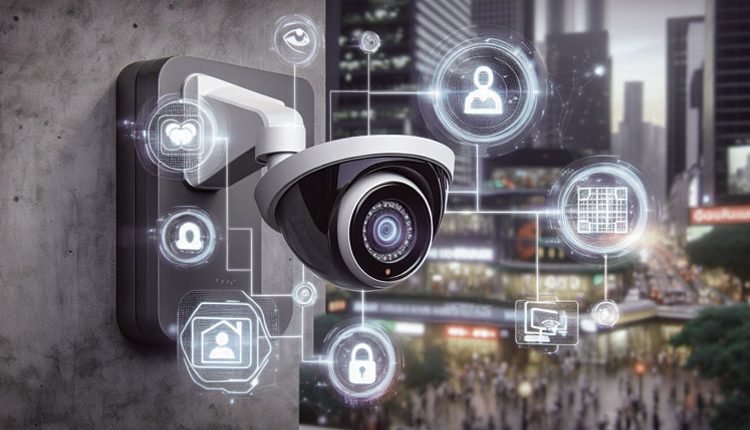In an era defined by digital transformation, the phrase “eyes in the sky” has transcended metaphor to become a practical reality. Cameras and closed-circuit television (CCTV) systems have woven themselves into the fabric of everyday life, serving as silent sentinels that monitor, record, and protect. From bustling urban landscapes to private residential spaces, surveillance technology has evolved into an indispensable tool for security, management, and analysis.
The Evolution of Surveillance: From Analog to Digital
The journey of surveillance technology began with rudimentary analog cameras, capable of capturing grainy black-and-white footage. Early CCTV systems, primarily used in high-security areas, operated in isolation with limited functionality. Over time, the advent of digital technology revolutionized the landscape. Modern cameras, equipped with high-definition (HD) and ultra-high-definition (UHD) capabilities, now offer crystal-clear imagery, even in low-light conditions.
Further, the integration of Internet Protocol (IP) technology has propelled surveillance systems into the realm of connectivity. IP cameras, unlike their analog counterparts, allow users to monitor and control feeds remotely via smartphones, tablets, or computers. This shift from closed systems to networked solutions has amplified the utility and scope of surveillance technology.
Diverse Applications of Surveillance Technology
The applications of cameras and CCTV systems extend far beyond traditional security. They have become versatile tools employed in various sectors:
- Urban Security and Law Enforcement:
Cities worldwide deploy surveillance networks to combat crime and ensure public safety. Traffic management, facial recognition for tracking suspects, and monitoring public spaces during large events are just a few examples of their application. - Industrial Monitoring:
Industries utilize cameras for operational oversight, ensuring safety protocols, and tracking production efficiency. Thermal cameras in factories help detect machinery malfunctions before they escalate into critical issues. - Retail and Commercial Spaces:
Retailers deploy CCTV systems to deter shoplifting, monitor customer behavior, and optimize store layouts. In the corporate sector, surveillance helps safeguard sensitive areas and ensure employee compliance with workplace policies. - Residential Security:
Homeowners increasingly rely on affordable surveillance systems to monitor their premises. Smart home cameras integrated with mobile apps provide real-time alerts, offering peace of mind to families. - Healthcare and Education:
Hospitals use surveillance to monitor patient safety, prevent theft of medical equipment, and ensure staff accountability. Schools and universities adopt cameras to enhance campus security and ensure the well-being of students.
Technological Innovations: The Backbone of Modern Surveillance
The technological advancements in cameras and surveillance systems have been phenomenal. Innovations such as Artificial Intelligence (AI), machine learning, and the Internet of Things (IoT) have expanded the capabilities of these systems.
- AI and Facial Recognition:
AI-powered cameras now come equipped with facial recognition software that can identify individuals, detect anomalies, and alert authorities in real time. Such features are critical in high-security zones like airports, banks, and government facilities. - Thermal Imaging and Night Vision:
Thermal cameras, capable of detecting heat signatures, are indispensable for perimeter security in pitch-dark environments. Night vision technology, leveraging infrared light, ensures that no activity goes unnoticed during nocturnal hours. - Cloud Storage and Big Data:
Traditional systems relied on physical storage devices, limiting data retention and access. Cloud-based surveillance has changed the game, allowing for unlimited storage, easy retrieval, and advanced analytics. Combined with big data tools, surveillance systems can now generate actionable insights. - Wireless and Solar-Powered Systems:
Wireless cameras have reduced the need for complex wiring, making installation easier and more flexible. Solar-powered options, especially in remote areas, provide an eco-friendly alternative that requires minimal maintenance.

The Ethical Quandary: Privacy Versus Security
While the benefits of surveillance are manifold, they come with their fair share of concerns. Chief among these is the issue of privacy. Critics argue that the proliferation of cameras in public and private spaces may lead to an Orwellian society where individuals are perpetually monitored.
For instance, facial recognition technology, while useful for security, raises questions about misuse, data breaches, and unauthorized tracking. Similarly, workplace surveillance can sometimes blur the line between ensuring productivity and infringing on employee rights. Striking a balance between security and privacy is a challenge that policymakers, technologists, and society at large must address.
The Role of Regulation and Policy
To mitigate the risks associated with surveillance, robust regulatory frameworks are essential. Governments worldwide are adopting laws to govern the deployment and use of cameras. For example:
- The General Data Protection Regulation (GDPR) in Europe outlines strict guidelines for handling surveillance data, ensuring that individual privacy is not compromised.
- In India, proposed data protection laws emphasize accountability for the use of CCTV footage and its storage.
- The California Consumer Privacy Act (CCPA) in the United States offers transparency regarding data collection, empowering individuals to control their personal information.
These regulations aim to create a transparent ecosystem where surveillance technologies can coexist with privacy rights.
The Economic and Social Impacts
The global surveillance market is booming, driven by the demand for security and technological advancements. According to industry reports, the market for CCTV cameras alone is projected to reach over $50 billion by 2030. This growth is not just about increased demand but also reflects the accessibility of cost-effective solutions for smaller businesses and households.
Socially, cameras have a mixed impact. On one hand, they deter crime, improve community safety, and enhance accountability. On the other hand, the perception of being constantly watched can create unease, affecting how people behave in public or at work.

The Future of Surveillance: Beyond Security
As technology continues to evolve, the future of surveillance will likely transcend traditional security roles. Cameras will play a pivotal role in areas like:
- Smart Cities: Integration with IoT devices will allow cameras to monitor environmental conditions, traffic flow, and public health in real time.
- Healthcare Innovations: AI-enabled cameras can assist in monitoring patients for signs of distress, detecting falls, or managing hospital hygiene standards.
- Agriculture and Wildlife Conservation: Cameras with advanced imaging technology can help monitor crop health, prevent poaching, and track wildlife movements.
- Disaster Management: Surveillance systems can provide early warnings for natural disasters, assess damage, and coordinate rescue operations efficiently.
Conclusion
Cameras, CCTV, and surveillance technologies are no longer luxuries; they are necessities in our interconnected world. Their evolution from basic monitoring devices to sophisticated systems underscores the progress of human ingenuity. As we navigate this path, it is crucial to leverage these tools responsibly, ensuring that they serve humanity without compromising individual freedoms.
The future of surveillance is as promising as it is challenging. With the right blend of technology, policy, and ethical considerations, cameras and CCTV systems will not just watch over us but also enable a safer, smarter, and more connected world.


